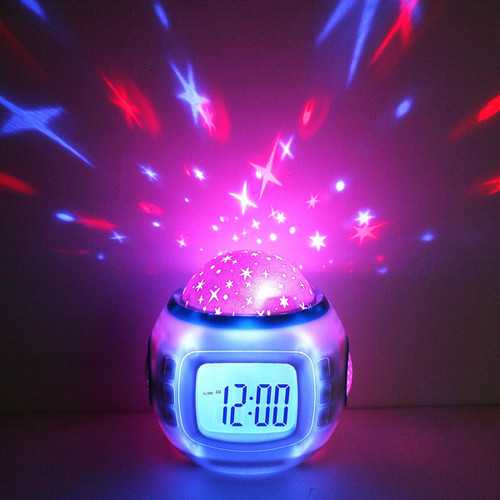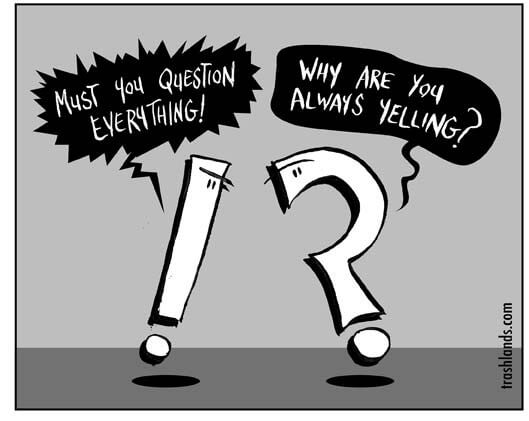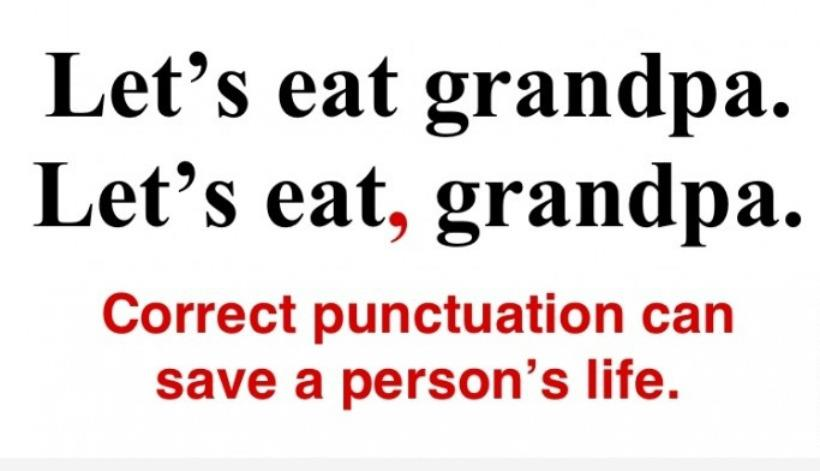 Expert advice on getting your email off to a good start from the guys who wrote the book on email etiquette
Expert advice on getting your email off to a good start from the guys who wrote the book on email etiquette
Recently, I’ve been spending probably too much time considering email salutations. Back when letters were the dominant way of corresponding, the salutation was fairly straightforward. For a formal letter, the convention was to start with “Dear” and address the recipient by last name, followed by a colon.
Dear Mr. Smith:
For an informal letter, the convention was to use the person’s first name, followed by a comma.
Dear Jacob,
But email salutations, if used at all, tend to be much less formal. I find that most people start business emails with something like,
Hello Jacob,
or
Hi Jacob,
These greetings are friendly, but slightly ungrammatical. When addressing someone directly, a comma should go between the greeting and the person’s name.
Hello, Jacob,
I experimented with starting emails this way, but I thought it looked weird to have two commas. Not incorrect, just weird. Then I tried using a colon.
Hi, Jacob:
I liked this better, but I’d never seen anyone start an email this way. Unsure of what to do, I thought I’d better get some expert advice.
David Shipley and Will Schwalbe, authors of , favor starting a new email relationship the same way you would if you were writing a letter: formally.
“Email is a more urgent form of communication, and we have many more emails to answer every day than letters,” note the authors. “But it strikes us as rude to bark out someone’s name … even in an email, especially if you don’t really know your correspondent.”
But what if the person you’re emailing with is less formal? If you get an email that starts with “Hey, Bro,” and you respond with “Dear Mr. Smith,” the recipient may feel reprimanded or even insulted.
I asked Will Schwalbe what he thought about an imbalance in formality and grammaticalness. Is it better to mirror the person who’s writing to you, even if the grammar is off, or to be more formal but correct?
“You can never go wrong STARTING with ‘Dear Mr.’ or ‘Dear Ms.’ with someone you don’t know and with whom you’ve never corresponded,” he replied. “But if they write back and sign with their first name only, then go to ‘Dear FIRST NAME’ if they addressed you ‘Dear YOUR LAST NAME.’ If they started ‘Hi Will’ or ‘Hi, Will’ or ‘Hey Will’ or any variation, though, in their reply, switch to mirroring them—it’s always safe and cordial.”
Since receiving this advice, I’ve adopted a three-category approach to sending emails.
1. Starting new relationships formally
Dear Mr. Smith,
2. Beginning a new email thread with an acquaintance or colleague less formally
Dear Jacob,
3. Mirroring the opening line of incoming emails
Jake-
Hi Jacob,
[No salutation]
Do you have a preferred email salutation? Do you follow the lead of whomever you’re corresponding with? Share your strategies below.


